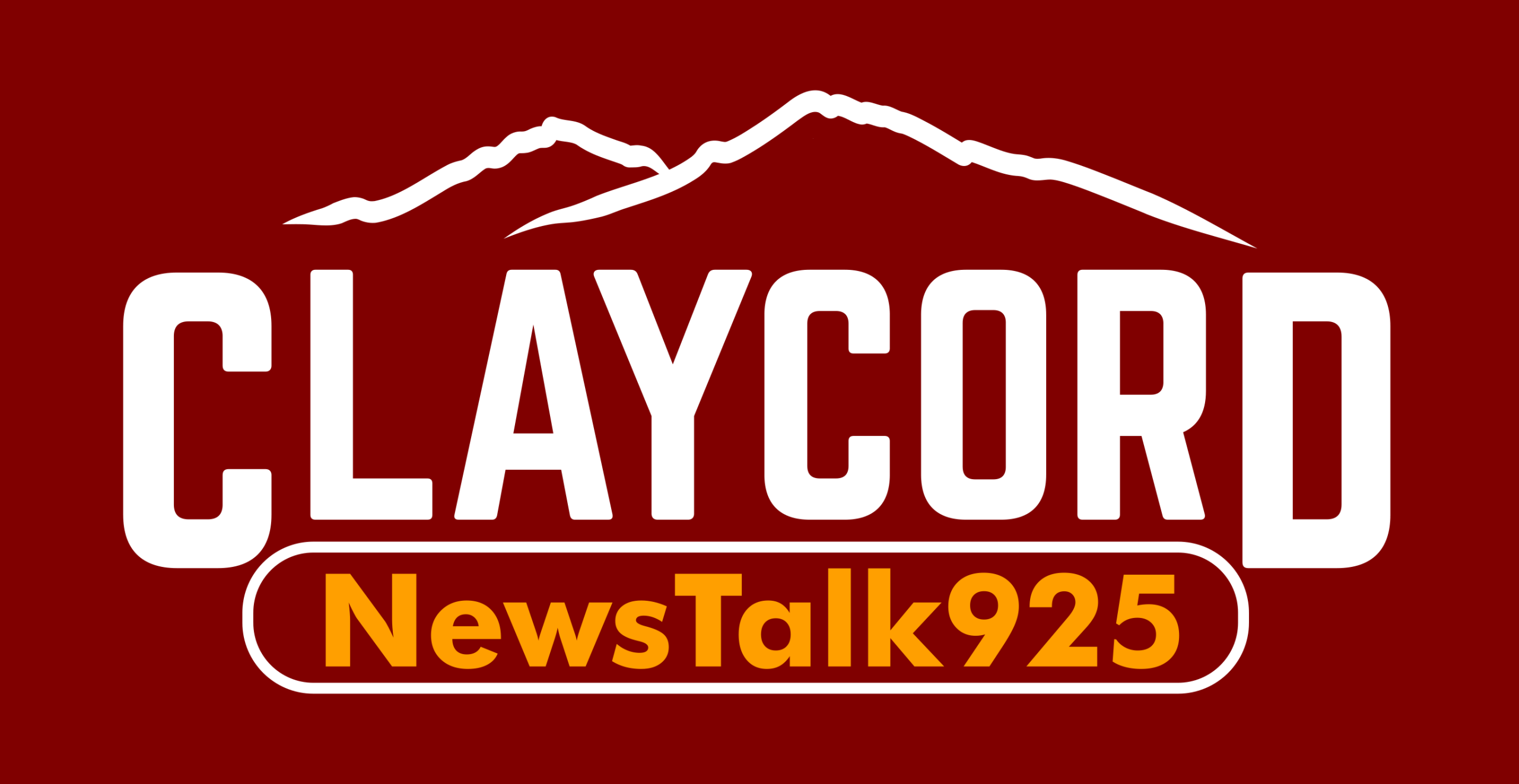By Mike Wood
So are the administrators who make high school sports tick breathing a sigh of relief that sports are coming back?
Only if by some miracle they’ve found time to breathe.
After nearly a full year of no high school sports competition in California, the floodgates have opened for outdoor sports. Schedules that lingered in uncertainty for months are now a reality. Busy just got busier.
“The difference is now we are scheduling with a purpose,” said East Bay Athletic League commissioner Leo Lopez of the process that had been imagined and reimagined for months.
That preparation became reality on Friday, Feb. 19, when California Gov. Gavin Newsom and the state Department of Public Health announced that football and other outdoor high school sports were allowed to resume on Feb. 26, providing they met testing and other guidelines. The prevailing criteria is that COVID-19 case rates be inside a threshold of 14 per 100,000 residents in a county, a standard met by many but not all state counties.
It’s also a go for baseball, water polo, lacrosse, soccer and softball, which along with football were all previously in a more restrictive tier and unable to go forward.
“People had become cautiously guarded against hoping for it,” Heritage-Brentwood athletic director Nate Smith said. “And the clock was ticking, so it was one of those now or never moments.”
Lobbying efforts by groups like Golden State Football Coaches Community and Let Them Play California led to meetings with state officials, culminating in the announcement that football indeed could return this school year.
When California’s stay at home order was lifted in late January, non-contact sports in the state’s least restrictive tier like golf, cross country, tennis and track and field were allowed to commence. That rekindled hope that had dwindled over the previous months as COVID-19 surged nationally around the winter holidays and beyond.
“You prepare for the best and brace yourself for the worst, and we have become mentally braced to handle bad news so now we have to prepare ourselves each day to handle good news,” Smith said.
Even before the pivotal events of Friday, Feb. 19, athletic directors and league commissioners have been on nonstop Zoom meetings, taking multiple phone calls or brainstorming endless schedule possibilities.
“For months now we’ve learned to live with change and to be flexible,” said Lopoz.
It’s an example of how preparation is vital in any aspect of sports. Much like the basketball player who is a whiz at making free throws because he or she has tossed thousands of practice shots, administrators have put in months of reps of schedule-overhauling and getting protocols into action.
“Since May of last year, we have been in constant meetings, to go over updates and statuses,” Acalanes athletic director Randy Takashashi said. “Even in summer when we had never met (before), we met every other week. The last three months we have met weekly with the superintendent.”
Schedules that had been painstakingly planned and approved earlier in the process had to be overhauled or shortened as the window for having any sports grew narrower, Concord athletic director Megan Coddington said.
“We’ve had to have nonstop flexibility to the situation, and we’ve changed schedules multiple times because we want to do right by the kids,” Coddington said. “We do not want multi-sport athletes to have to make a choice.”
Schools have had varying degrees of regulated workouts, and athletes already are practicing protocols. Smith said the Liberty Union High School District realized the importance of athletes being able to work out safety on-site, which has helped in the return to competition.
“Our kids have been on campus and required to follow these protocols,” Smith said. “So to get ready to hit the ground running, hey … we’re there.”
When the football news hit, Smith already had four straight days of multiple Bay Valley Athletic League events planned for the next week. There were cross country meets being run on football fields or tracks the next day. Golf clubs and tennis racquets are being swung in matches that count.
“When I first saw the news (Friday) morning, my first thought was excitement, then immediately my second was ‘I’ve got a lot of work to do,’” said Takahashi.
Lopoz said that although good news had been anticipated, there was elation from it being reality from those long involved in the process.
“It was a feeling of ‘Alright, let’s go!’ and lots of high 5s and celebration,” he said. Then everyone jumped into myriad phone calls and meetings.
“A lot of emotions run through those who have been intimately involved. I’m happy for all those student athletes who can participate. This is a lot of work and a daunting challenge, but we feel all the hard work will be worth it.”
Staging a high school football game or a track and field or swimming meet without the massive support structure that pro and college sports have is not easy. Now, throw in COVID-19 protocols, including testing. As high-contact sports, football and water polo are required to have weekly testing if the county case-rate is between 7-to-14 per 100,000.
Everything is happening in a compacted time frame, a big change from a highly-structured, long-established three-season sports year where conclusions of one season intertwine with the start of another. It’s a delicate balance between teams using the same field or gym. Somehow that has always worked but this will take extra work, with a scenario of football, soccer and track and field — each usually with its own separate season, vying for field usage at once. It’s been left to individual leagues, or in some cases schools or districts to orchestrate when all those sports start seasons.
“I’m grateful our coaches are very cognizant of that and that we say we are 23 sports but we are one team,” Smith said.
At smaller schools like Berean Christian, often outside facilities are used, which adds another layer of planning. The school will continue to play football on campus on Saturday afternoons, which Wells is relishing.
“Football is a big part of the community and I feel that not having it has been detrimental to the community,” Berean Christian athletic director La Shawn Wells said.
There will be athletes who want to play multiple sports, so schedules and practices cannot be overwhelming.
“The last thing we want to do with kids is deny them the opportunity to compete, or make it too difficult for them,” Smith said.
“If there was a game every night of the week, when would they practice? .. and that is across all the schools,” said Coddington, who spent five hours one recent evening to mesh schedules together to get an extra practice day.
And indoor sports — basketball, volleyball and wrestling — still have no timetable for a return, leaving those athletes in limbo.
“It would be a shame to have no indoor sports at all, to have boys volleyball miss out two years in a row,” she said.
At this stage, it’s impossible to gauge how many schools, districts, leagues or athletes will opt out. Some may not have enough teams or even someone to coach a team. It’s begun to play out in Southern California, a region extremely hard hit by COVID-19.
When Concord and Mt. Diablo each saw they wouldn’t have enough players to field a boys tennis team, the solution was to combine the two schools into one team.
“The whole premise is for kids to compete, to have some sort of athletics,” Coddington said.
“High school is about experience, so I encourage them to try different experiences,” Wells said. “If you are playing volleyball, try an event in track and field. The goal is they didn’t sit the whole year without doing something.”
This is an excerpt to a feature story in the upcoming March 2021 edition of SportStars Magazine. To read the remainder of the article, visit SportStarsMag.com on March 2.





All of this could be avoided by just letting them play. Playing a Sport with a mask on is absolutely idiotic and ridiculous.
So stupid it’s got to this point for all sports but particularly the outdoor Fall sports like football and water polo…and complete idiocy they’re still holding back on indoor volleyball and basketball. It’s a big friggin gym, open the doors, limit attendance, and there will be no significant problems, just as it was with the many many states that aren’t dumb/political/cruel as California and still allowed sports.
Will spectators be allowed to fill the stands and cheer on their team?
I appreciate the hard work of many getting ready with ever changing rules that were not making the decision to reopen!
Football is way more dangerous than Covid for school age children and young adults. I have three friends who played football in school, one is fine (Played two seasons only), one got two concussions, and one was crushed under a dogpile of players and ended up having a half dozen more back surgeries, and has a huge scar from his crack to his neck.